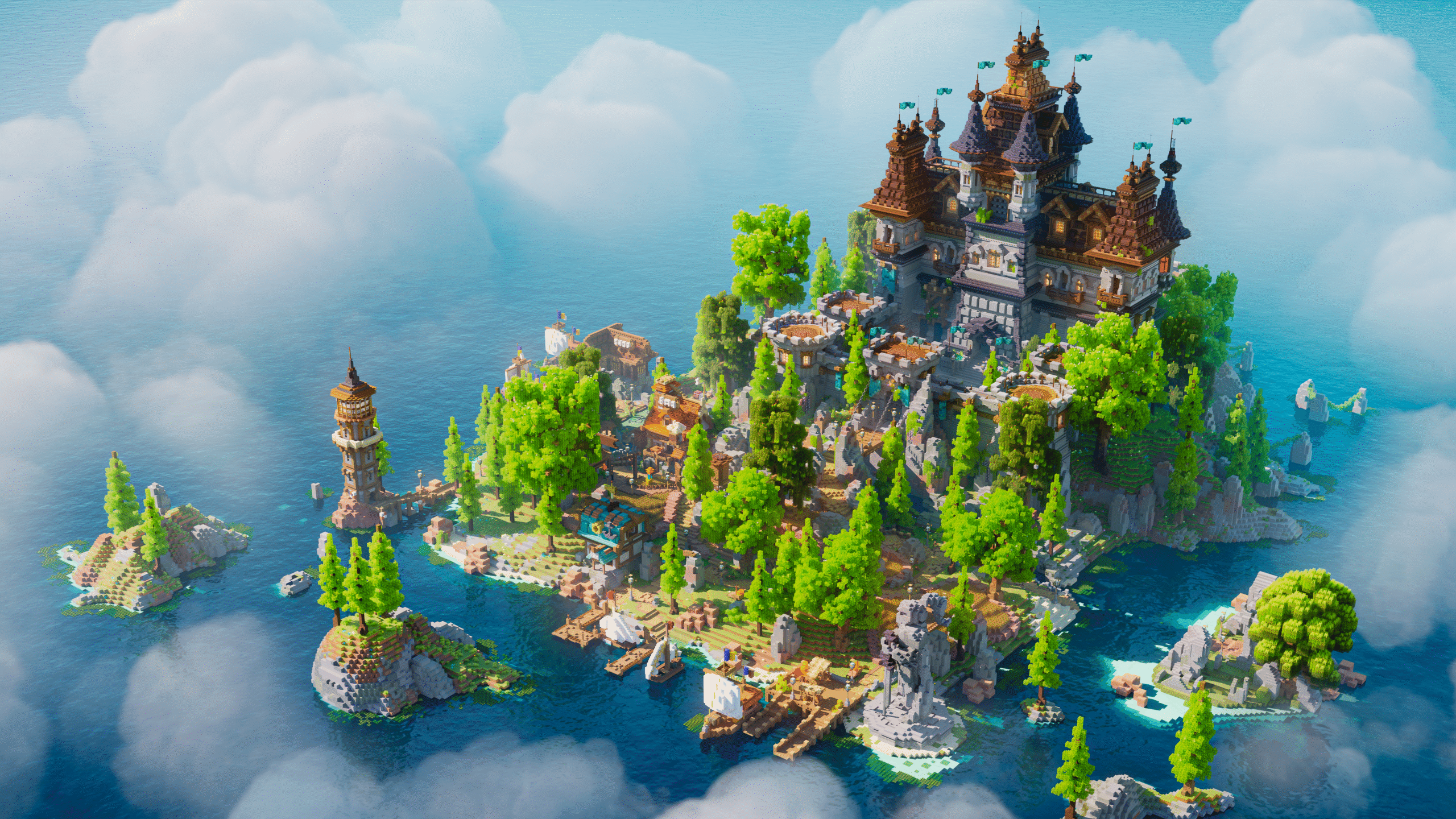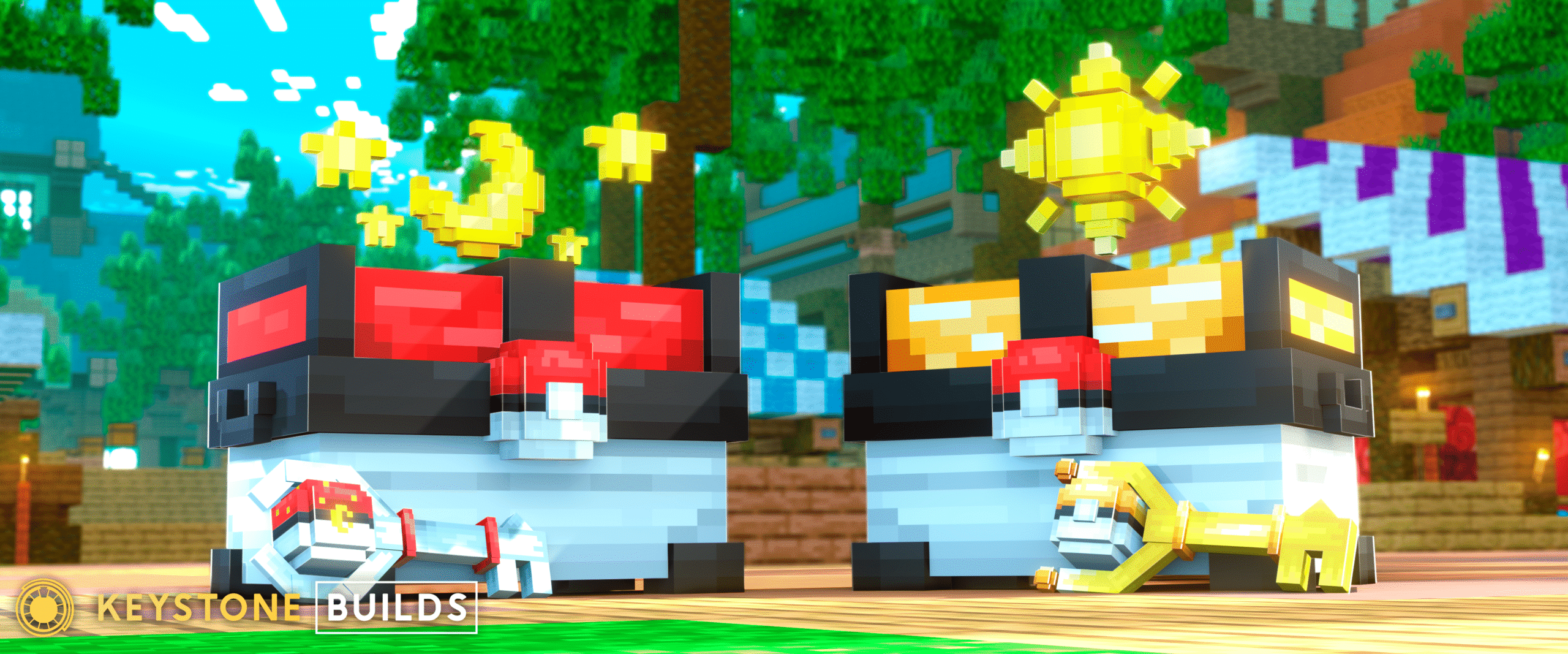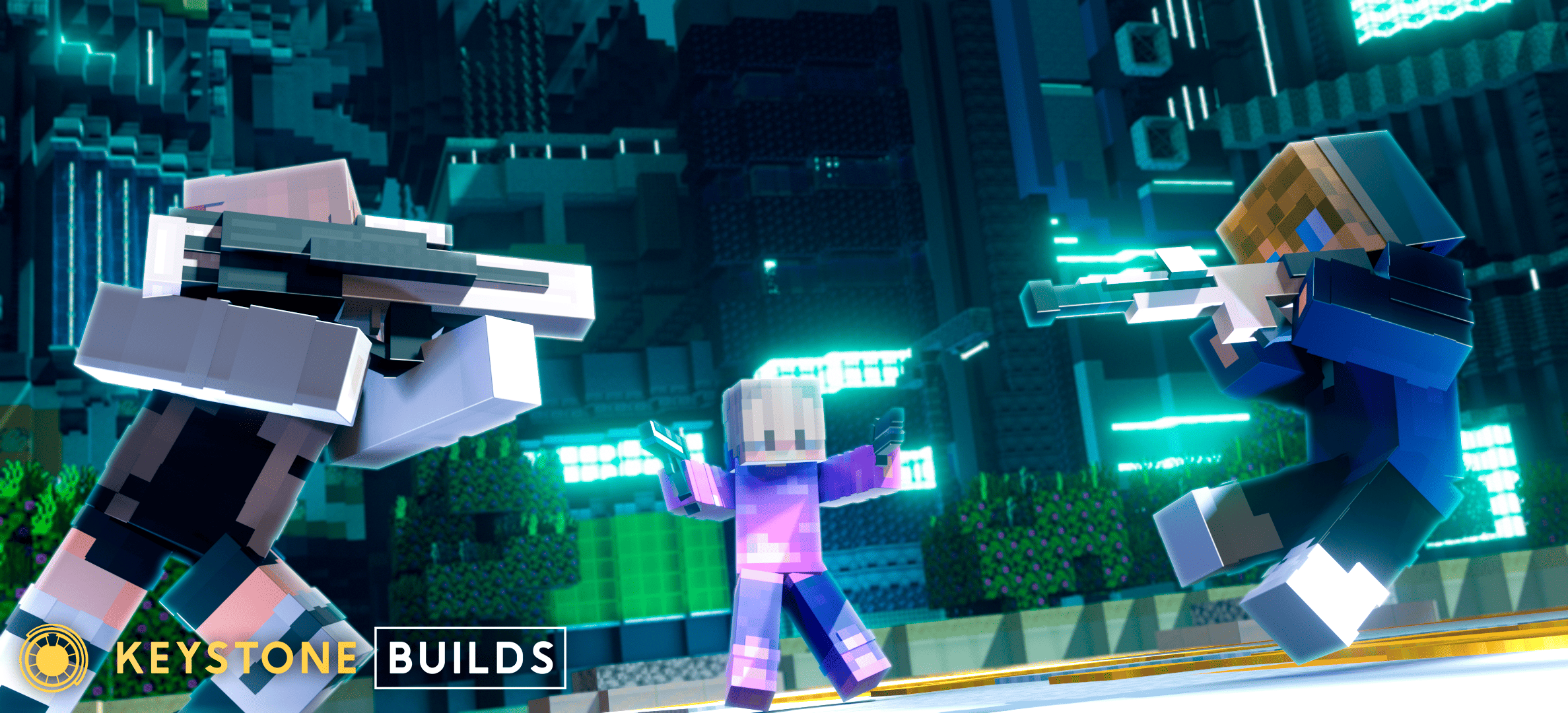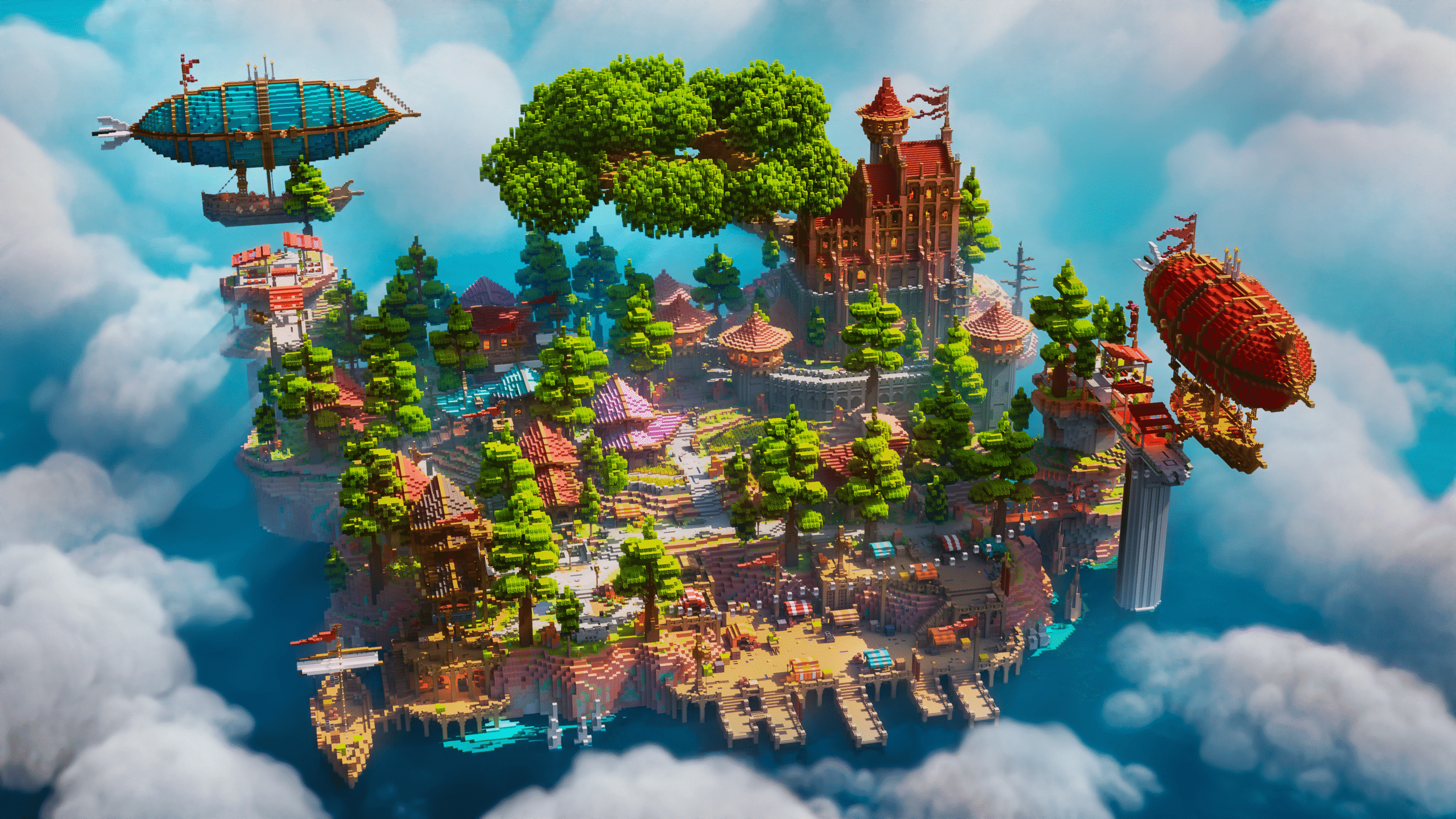If you’ve ever tried to create a Minecraft map that feels polished, exciting, and truly immersive, you’ve probably wondered: how long should it take? Are great maps built in a few days or over many months? While every project is unique, the answer depends on many factors—from the complexity of the concept to the number of builders on your team and the tools you use.
In this guide, we’ll explore what it really takes to build a good Minecraft map, how long each stage of the process can last, and what you should expect whether you’re a solo creator, part of a small team, or managing a professional build group. You’ll come away with a realistic understanding of timelines and a clearer sense of how to plan your next map—whether it’s a detailed adventure world, a massive server hub, or a simple survival spawn.
Why “Good” Maps Take Time
First, let’s define what we mean by a good Minecraft map. It doesn’t mean a quick build thrown together overnight or a flat world with a few scattered houses. A good map should:
- Feature cohesive design and consistent theme.
- Include detailed structures and natural terrain blending.
- Provide clear player navigation or progression (especially for adventure maps).
- Feel immersive, alive, and visually interesting.
Building something like this requires more than just creative ideas—it demands careful planning, skilled execution, and testing. Even the simplest-looking maps often have dozens or hundreds of hours of work behind them.
The Planning Phase (5–50 Hours)
Every successful map starts with planning. This stage might only take a few hours for a small project, but for ambitious adventure maps or RPG worlds, it can stretch into weeks of concepting.
Key tasks in the planning phase include:
- Developing the theme or story behind the map.
- Drawing rough layouts or sketches of important locations.
- Listing required structures, assets, and special areas.
- Outlining gameplay elements (quests, puzzles, parkour, etc.).
- Considering how players will navigate the map and what the pacing should feel like.
If you’re working with a team, planning also includes aligning everyone on the project’s vision and assigning responsibilities. Teams that skip detailed planning often spend more time later redoing work.
Terraforming and Terrain Shaping (10–100+ Hours)
Once your plan is solid, building typically starts with terraforming—shaping the landscape players will explore. This includes mountains, rivers, caves, oceans, islands, and other natural features.
Using tools like WorldEdit or WorldPainter can speed up terrain creation dramatically. But sculpting terrain still requires a creative eye to blend biomes, design interesting paths, and avoid unnatural transitions between areas.
For a small spawn map (e.g., 100×100 blocks), terraforming might only take 10–15 hours. But for a sprawling 5000×5000 adventure map, it could easily take 50–100 hours or more, especially if you aim for realism and detail.
Solo builders may spend days or weeks on terraforming alone, while a team of skilled terraformers can divide the work and finish faster.
Building Structures (20–200+ Hours)
After terrain comes the heart of most maps: structures. Whether you’re designing medieval towns, futuristic labs, castles, or parkour arenas, each building requires time and attention to detail.
Factors that influence build time:
- Complexity: A single detailed cathedral can take 10+ hours, while simple houses might only take 30–60 minutes each.
- Scale: Larger maps with dozens or hundreds of buildings can quickly add up to hundreds of hours.
- Interior design: Decorating interiors can double or triple build time compared to empty shells.
- Redstone and mechanics: If your map includes working gates, puzzles, or traps, these add additional time for both building and testing.
Experienced solo builders might spend months completing a large-scale adventure map, while professional teams with multiple builders working simultaneously can deliver the same map in weeks.
Detailing and Decoration (10–100 Hours)
What separates a bland map from a breathtaking one? Details. Adding small features like market stalls, custom trees, lampposts, benches, statues, pathways, and clutter in streets or interiors breathes life into your world.
Detailing takes time because:
- Each item must fit your map’s theme.
- Repeating patterns can look unnatural, so variety is key.
- Organic placement of objects takes trial and error.
Even a small 100×100 hub map can require 10–20 hours of detailing. Large adventure maps might need over 100 hours for a team to add meaningful details throughout.
Lighting and Atmosphere (5–50 Hours)
Lighting is a crucial part of map building often overlooked by new creators. The right lighting can highlight important paths, create mood, or add drama. Poor lighting can make even the best-built maps look flat or confusing.
Map lighting tasks include:
- Placing light sources along roads, interiors, and landmarks.
- Using redstone lamps or glowstone in creative ways.
- Avoiding excessive dark spots where hostile mobs can spawn.
- Adjusting the time of day or weather settings if your map uses data packs.
Lighting a small spawn might only take a few hours, but a detailed adventure map may need dozens of hours to get right.
Adding Commands, Redstone, and Mechanics (10–100+ Hours)
If your map includes gameplay elements like quests, dialogue, cutscenes, custom mobs, or puzzles, implementing these mechanics can be one of the most time-intensive parts.
Tasks in this stage include:
- Writing command blocks or setting up functions.
- Building redstone contraptions for events, doors, or traps.
- Testing and debugging complex systems.
- Integrating plugins or data packs if your server supports them.
Adventure maps with rich stories or minigames often spend weeks just on mechanics. Even experienced command block creators can spend hours tweaking logic to avoid bugs.
Testing and Polishing (10–50 Hours)
No good map is complete without thorough testing. Bugs, stuck points, missing barriers, or unintended exploits can ruin a player’s experience.
Testing tasks include:
- Playing through every quest or path.
- Checking for invisible barriers or places players can escape the intended map area.
- Balancing gameplay difficulty.
- Gathering feedback from friends or testers.
Polishing involves fixing mistakes, optimizing performance, and adding final touches like custom sounds, banners, or NPC dialogue.
Total Estimated Build Times
So, how long does it really take to build a good Minecraft map? Here’s a general range based on complexity:
- Small survival spawn (100×100 blocks): 20–50 hours.
- Detailed hub map with multiple areas: 50–150 hours.
- Simple adventure map with quests: 100–200 hours.
- Massive RPG or story-driven map: 300+ hours, often requiring a team.
These numbers include planning, building, detailing, mechanics, and testing. Solo builders may need longer due to working alone, while experienced build teams can finish faster.
Factors That Affect Build Time
Several variables can dramatically change how long it takes to build a map:
- Experience level: New builders will spend more time trial-and-erroring designs.
- Tools used: WorldEdit, VoxelSniper, and WorldPainter can save weeks.
- Team size: Multiple builders working in parallel reduces project time.
- Reuse of assets: Repeating structures or trees can speed up the process but may reduce uniqueness.
- Map purpose: Server hubs focus on aesthetics, while adventure maps require detailed gameplay design.
Tips to Build Faster Without Sacrificing Quality
Even if you’re building solo, there are ways to manage time efficiently:
- Break big builds into small tasks to stay motivated and avoid burnout.
- Use schematics or libraries of trees, houses, or terrain features you can paste with WorldEdit.
- Plan before you build so you don’t waste time rebuilding areas that don’t fit your theme.
- Start with rough shapes and refine details later instead of perfecting each part immediately.
- Collaborate with friends or join build teams to share the workload.
Conclusion
Building a good Minecraft map isn’t something you knock out in a weekend. From planning and terraforming to final testing, a well-made map can take anywhere from dozens to hundreds of hours, depending on its size and complexity.
That’s why players respect and remember maps with unique, detailed worlds—it’s easy to see the time and passion that went into them. Whether you’re working solo or leading a team, be patient with the process, plan carefully, and don’t rush. A map built with care will not only impress players but keep them coming back for more.
Need high-quality pre-built maps to save time or inspire your next project? Visit the Keystone Builds store today to explore stunning spawns, hubs, and adventure maps crafted by professional builders, giving your server an instant wow factor without months of work.










